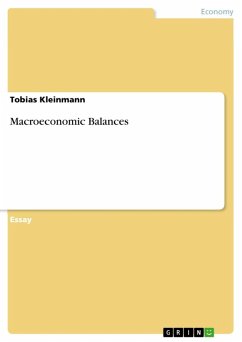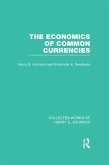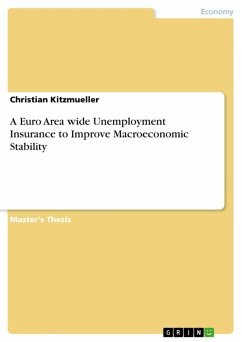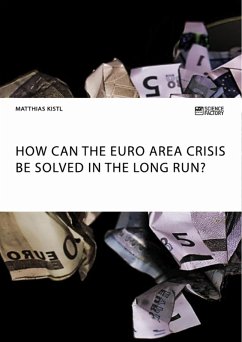Seminar paper from the year 2012 in the subject Economics - Monetary theory and policy, grade: 1,3, University of Bayreuth, language: English, abstract: The European Monetary Union is stuck in a severe balance-of-payments imbalance. The European sovereign debt crisis, which followed the financial crisis, is present in the media, in politics and important economists try to evaluate the situation, in order to find possible solutions. This paper deals with the TARGET balances. TARGET2 is a payment system in the European Monetary Union, and, as will be shown, the TARGET balances are a measure for the balance- of-payment deficits and surpluses in the countries of the Eurozone. The issue is interesting as there are huge differences in the current account balances of member states. To understand the emergence of the TARGET balances , it is important to first look at the way a central bank creates money. This paper aims to show how TARGET balances arise when trade flows are not financed through inverse capital flows. Further on, it examines the current account deficits of Greece, Ireland, Italy, Portugal and Spain and shows how they led to tremendous TARGET2 debts of those countries. On the other hand it examines, how particularly Germany, to a smaller extend also Finland, Luxembourg and the Netherlands accumulated high TARGET2 claims towards the Eurosystem. Further on, it examines the development of the monetary bases in the Eurozone and how this affected Bundesbank money creation. Finally, it deals with some concerns regarding the TARGET balances . As it is a complex matter, opinions about their risk diverge. Some analysts think that they are highly problematic, others don't see any risk at all. Some main ideas dealing with the risk involved will be presented in brief.
Dieser Download kann aus rechtlichen Gründen nur mit Rechnungsadresse in A, B, BG, CY, CZ, D, DK, EW, E, FIN, F, GR, HR, H, IRL, I, LT, L, LR, M, NL, PL, P, R, S, SLO, SK ausgeliefert werden.









